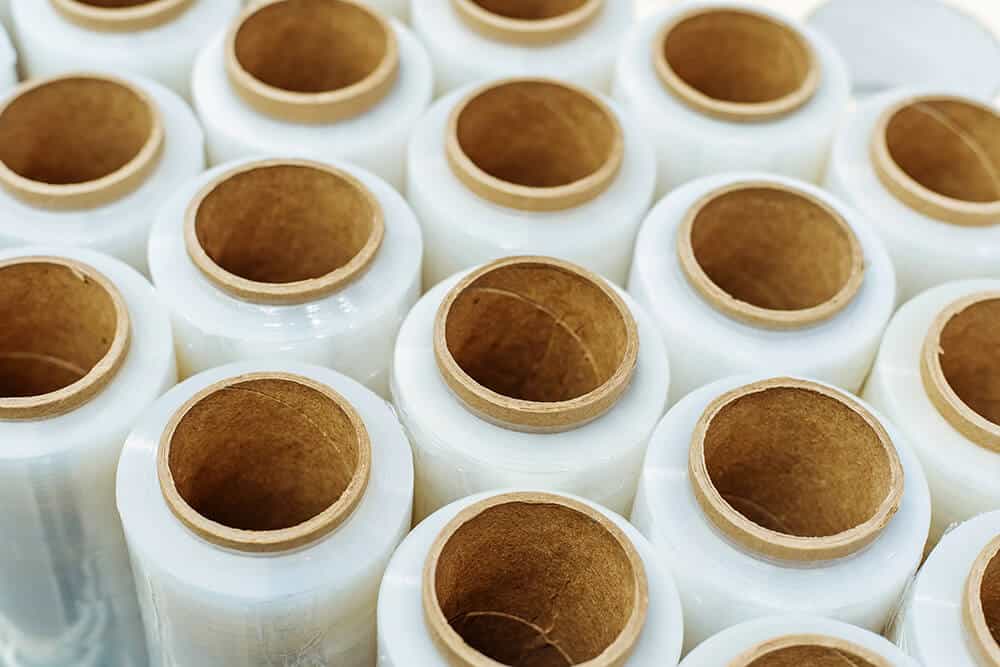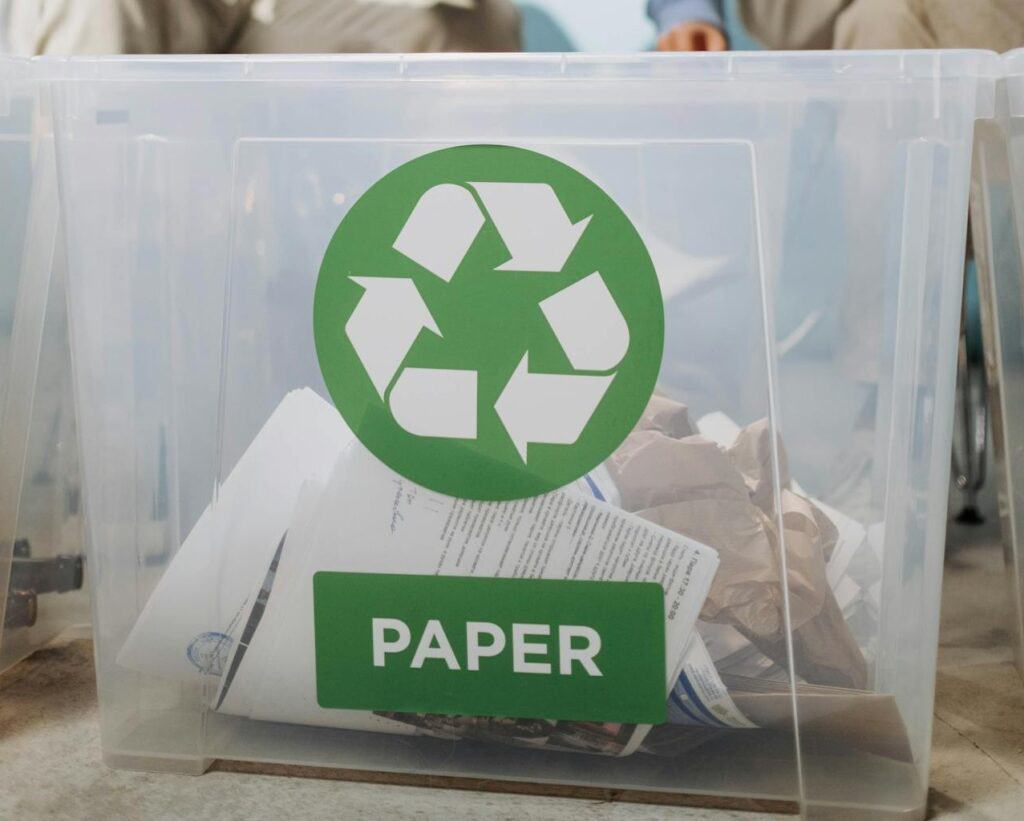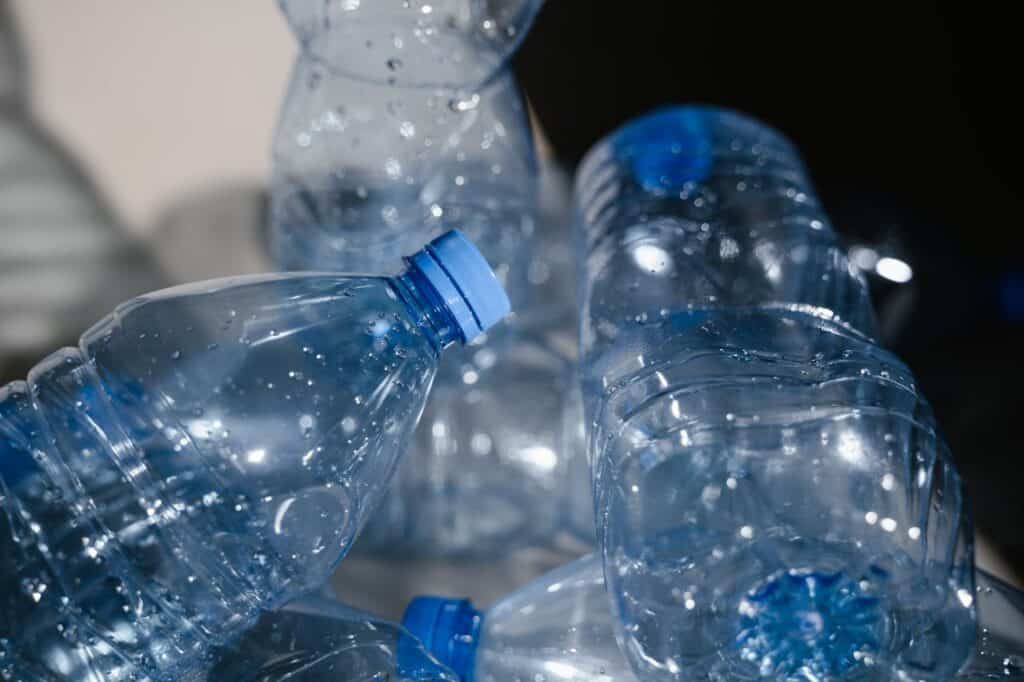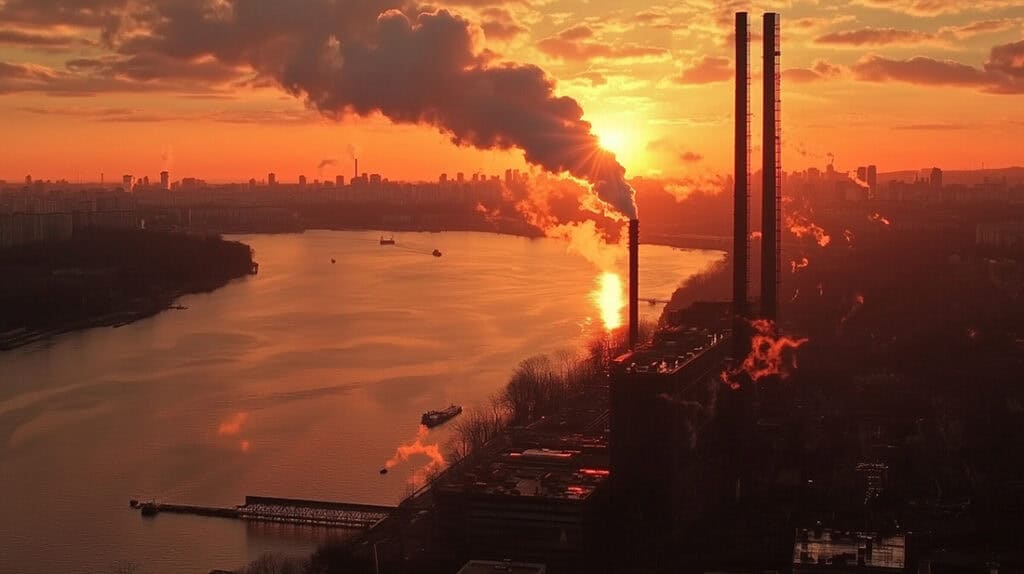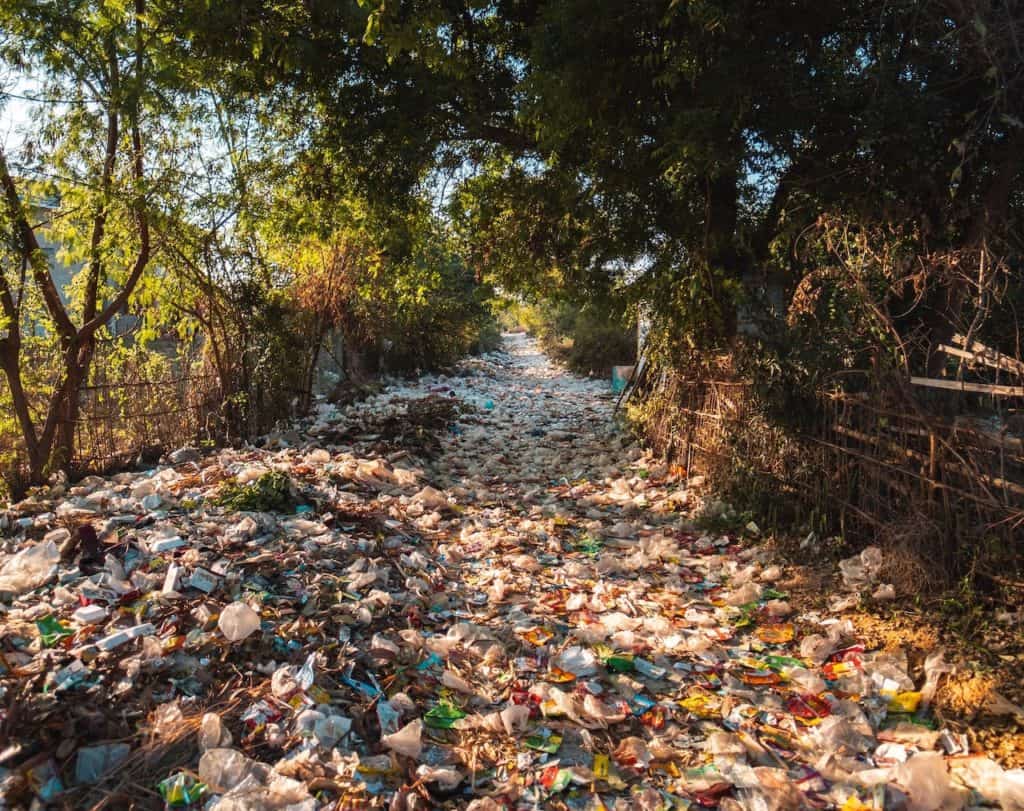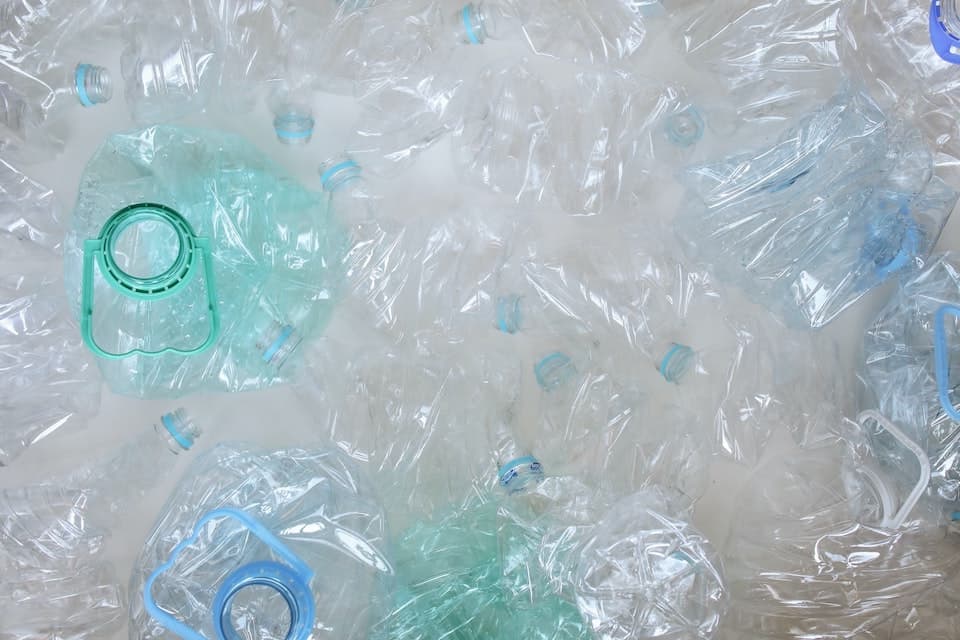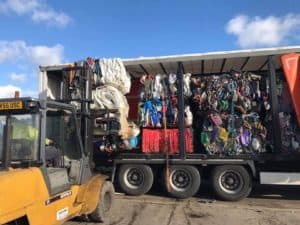LDPE (low density polyethylene) is processed using high pressure and temperatures in a reaction vessel. This is complete by compressing ethylene gas and using radical polymerization, creating the linking of monomers into polymer chains.
The Process Of Manufacturing LDPE
Ethylene Production
The process begins with the production of ethylene gas, which is obtained through the cracking of hydrocarbons (such as natural gas or naphtha). Cracking involves breaking down larger hydrocarbon molecules into smaller ones at high temperatures (around 750-950°C). Ethylene is one of the key by-products of this cracking process.
Polymerization via High-Pressure Method
LDPE is unique in that it is manufactured using a high-pressure polymerization process, in contrast to other polyethylene variants. The steps are:
Compression
The ethylene gas is compressed to an extremely high pressure using a multi-stage compressor. The high pressure is essential for initiating the polymerization reaction.
Heating
After compression, the ethylene gas is heated to a high temperature. This combination of high pressure and temperature prepares the ethylene for polymerization.
Free Radical Initiation
The actual polymerization process is initiated by adding an organic peroxide, which generates free radicals. These free radicals help break the double bonds of ethylene monomers, allowing them to form long chains or polymers. This process is highly exothermic, releasing a lot of heat, which is managed by cooling systems.
Formation of LDPE
As the ethylene molecules polymerize, they create long chains with branching structures. The branched nature of LDPE is what gives it its low density and flexibility, making it suitable for thin films and plastic bags.
Cooling and Decompression
Once the polymerization reaction is complete, the mixture of polyethylene and unreacted ethylene is passed through a cooling zone. It is then decompressed to bring the pressure back to normal levels. The unreacted ethylene is separated and recycled back into the system.
After the polymerization process, the molten LDPE is extruded through a die to form long strands. These strands are then cooled, typically by air or water, and cut into small pellets or granules. These LDPE pellets are the raw material that can be sold to manufacturers to create various plastic products.
We Recycle LDPE Waste
If your business generates LDPE waste, it is essential to recycle the products to minimise the use of raw materials in production. At Plastic Expert, we specialise in recycling LDPE waste for businesses nationwide, offering flexible and efficient collections. Get in touch with our team today to find out more about our recycling services.

